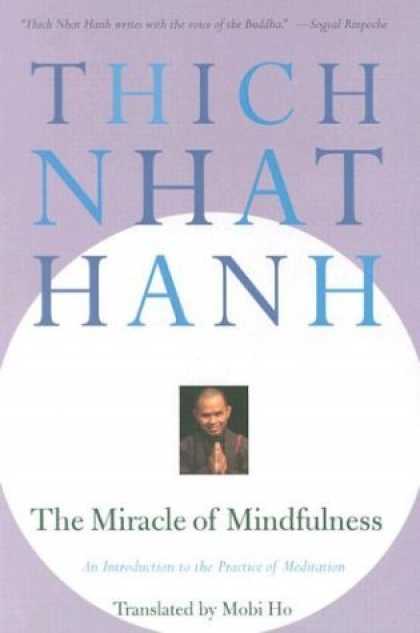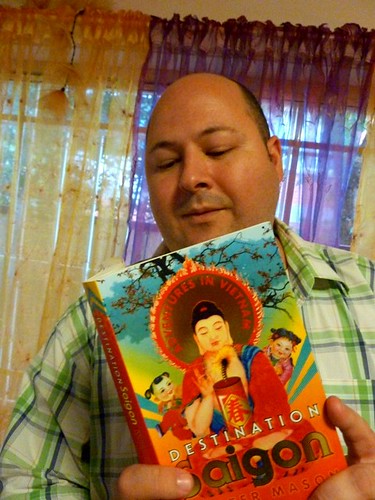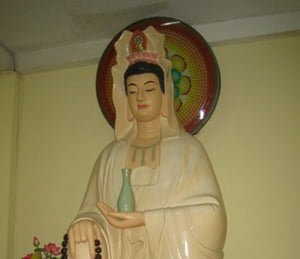As well as being a meditation master and the second most famous Buddhist monk in the world (the Dalai Lama beats him), he is also a scholar and linguist, with a great love for literature and a real gift for expression. He has been a prolfic writer over the years, so I thought I would humbly present my own list of his books that have helped and inspired me over the years:

Savor - This is his newest book, and is co-authored with Dr. Lilian Cheung. It is a fascinating exercise - a kind combination Buddhist manual and diet book. Thich Nhat Hanh has always talked a lot about food in his writings: the need to eat mindfully, the need to be thankful for our meals, how to eat ethically etc. So I guess devoting a whole book to it is a natural progression. Interestingly, this is also the book that finally got him noticed by Oprah - so he at last carries the imprimatur of the queen of popular culture!

The Energy of Prayer - This little book is probably the one I turn to most. My copy is battered and dog-eared, filled with highlighting and comments. I have used it a lot in my meditation teaching, because I find it uses language that is quite familiar to Western, non-Buddhist minds. Master Nhat Hanh has been interested in the meeting of Eastern and Western spiritualities since he was a young man, and this book is the best melding of those traditions. Its final section is a series of prayers and meditations that would be helpful to anyone's spiritual life.

The Miracle of Mindfulness - Probably his best-known book, The Miracle of Mindfulness was something of a Bible for me in the 90s. I read it over and over as I traveled through Vietnam, Cambodia and Thailand, and my filthy copy was perused at some of the most beautiful and amazing locations! It is a beautifully written and belletristic exploration of meditation and mindfulness, and I promise it will be a constant inspiration.

Master Tang Hoi - One for the history buffs. Master Tang Hoi was the first Zen teacher in Vietnam, and this is the most intriguing book about him and his teachings. It is essential reading for anyone interested in Vietnamese history and culture, and for Zen enthusiasts it represents a meditation teaching that pre-dates Bodhidharma by 300 years!

Joyfully Together - If you are interested in building community and making the world a nicer place to be, this is a really wonderful place to start. It is one of Thich Nhat Hanh's more obscure titles, but I have found it to be tremendously useful and inspiring, and have drawn on its wisdom and advice many times. Master Nhat Hanh has himself established a global community of gigantic proportions, so why not learn from a master?



















